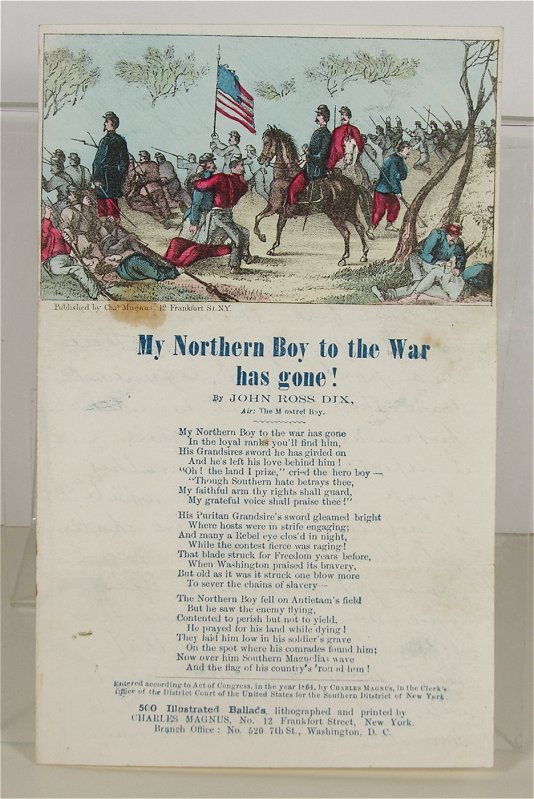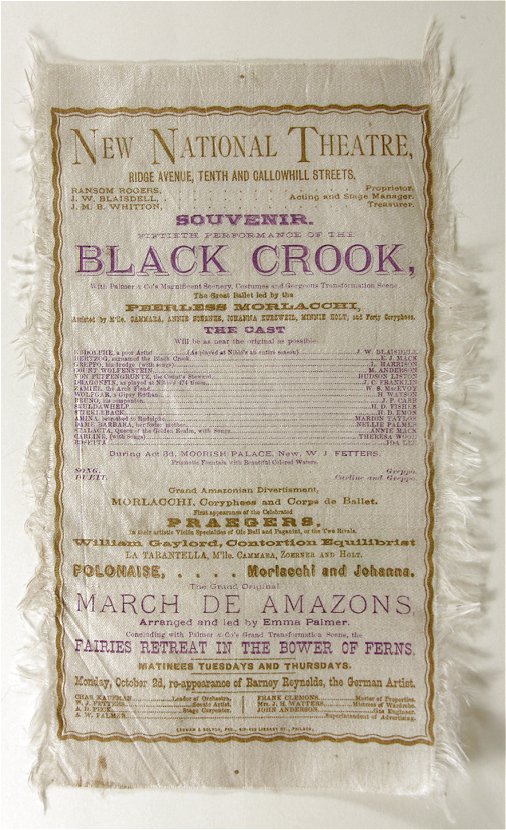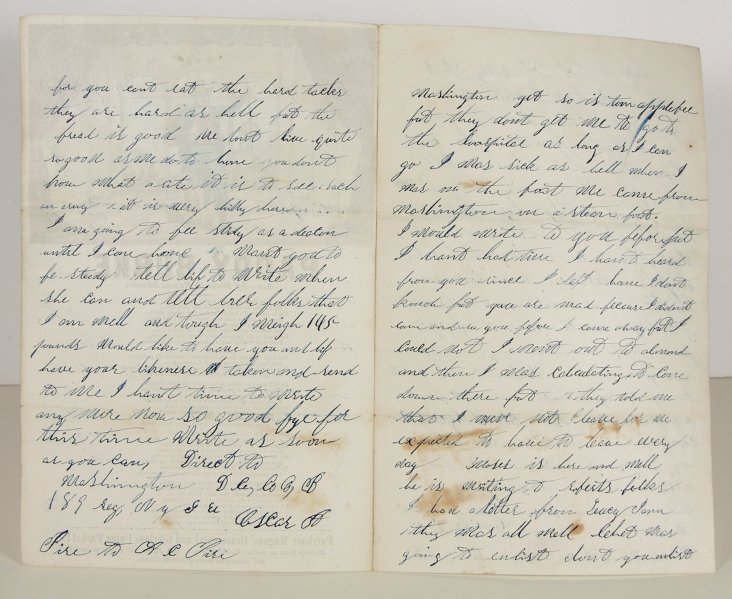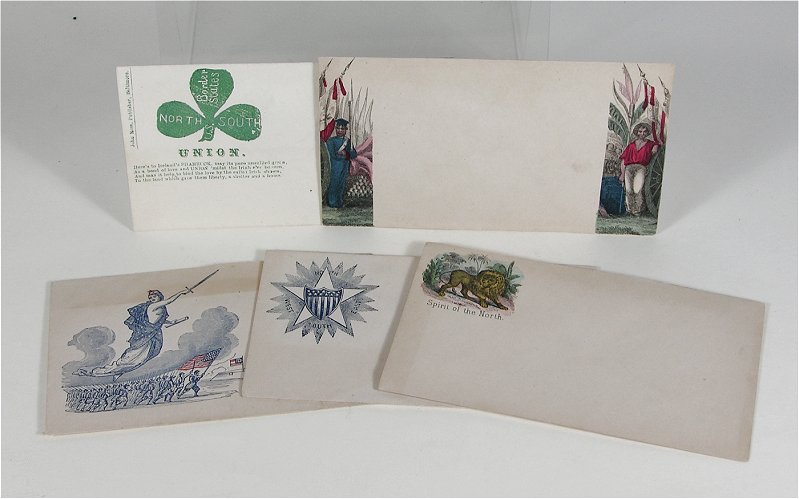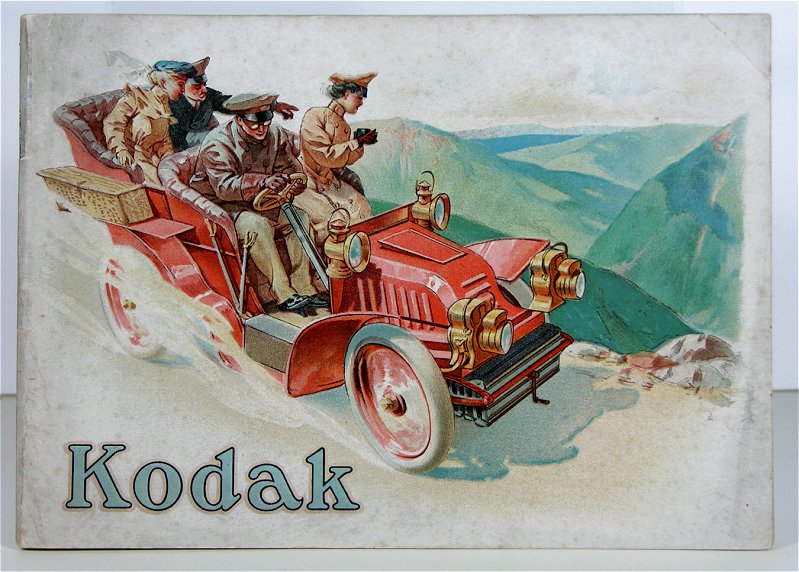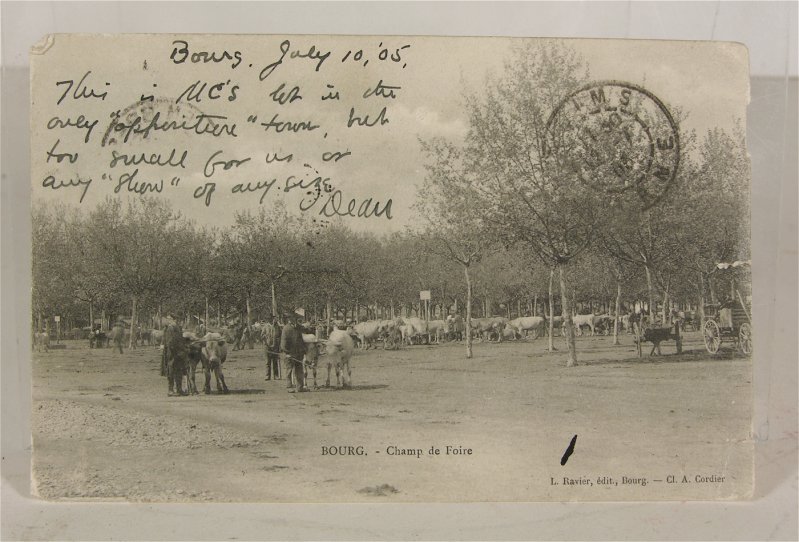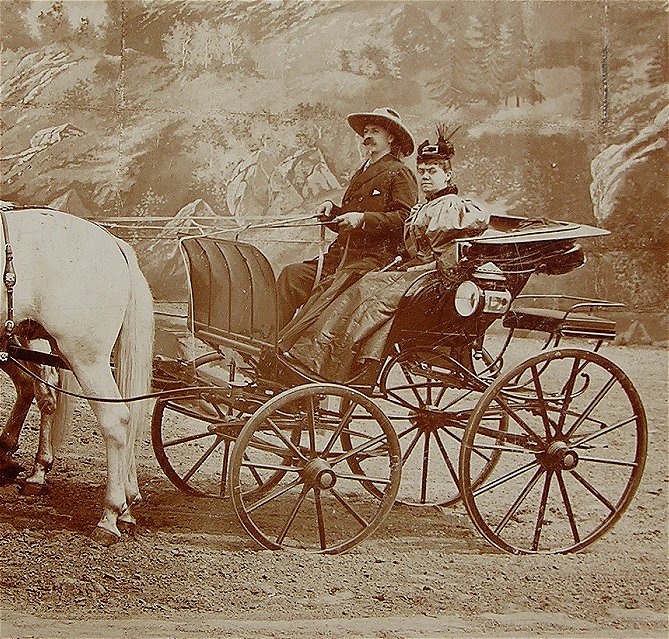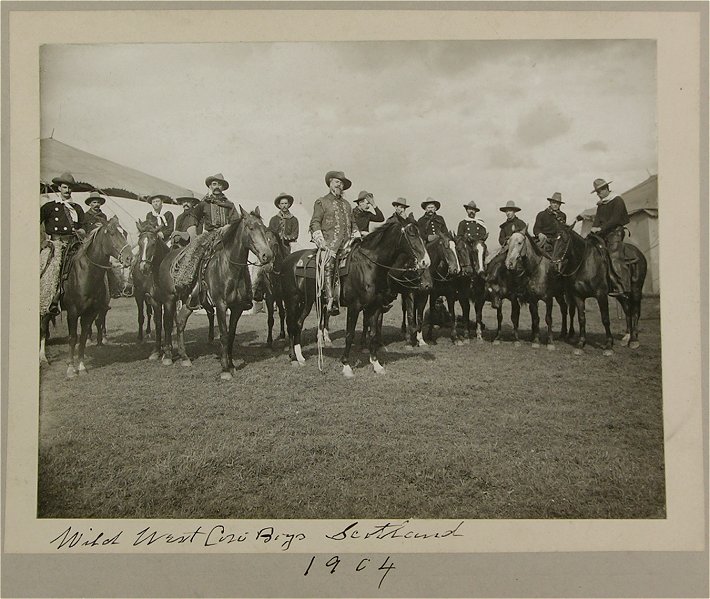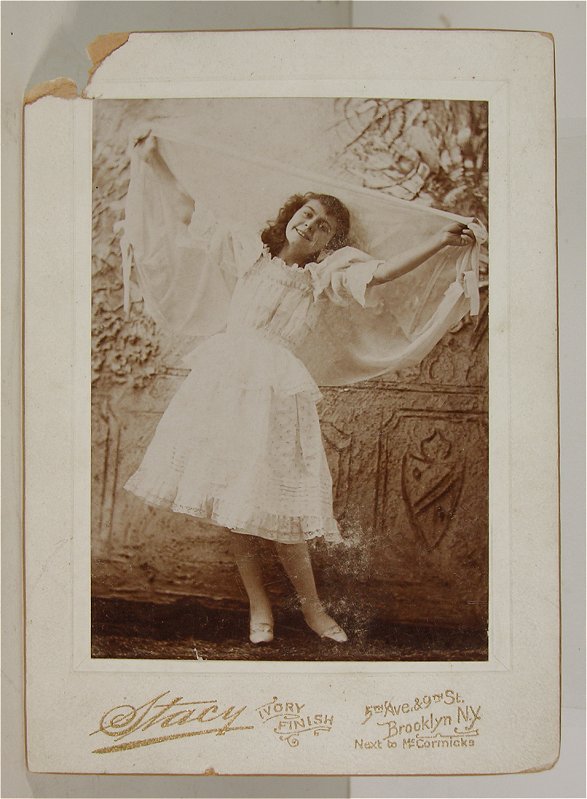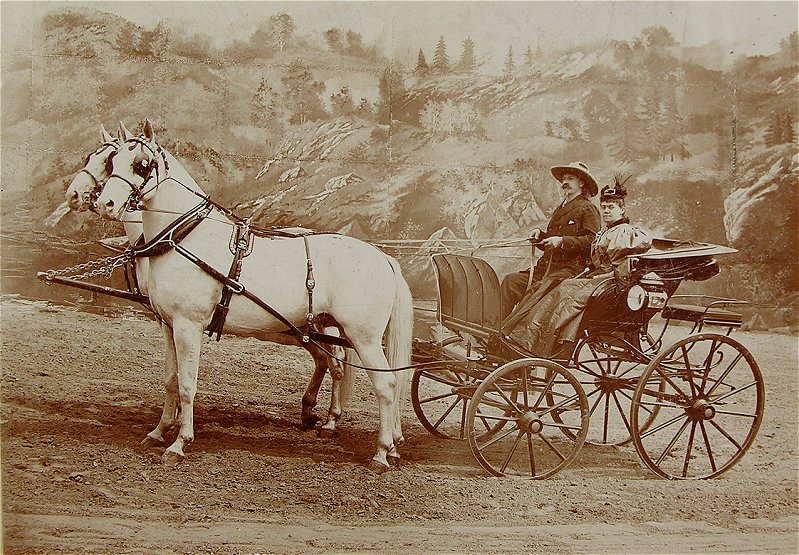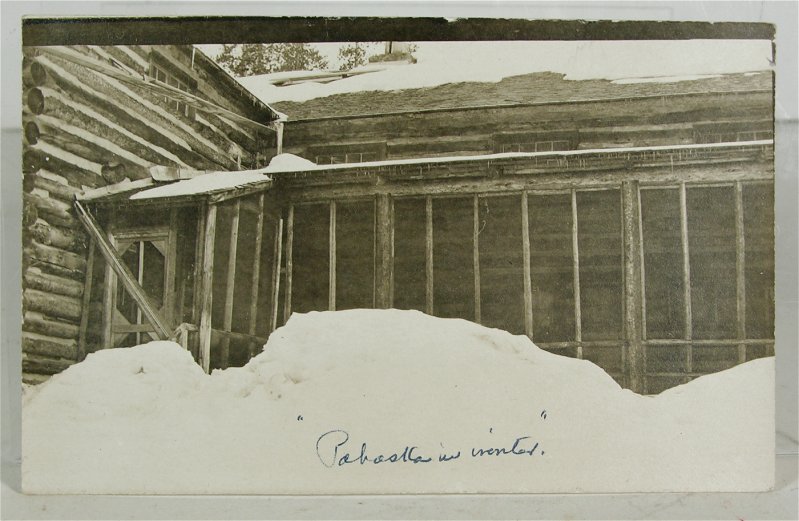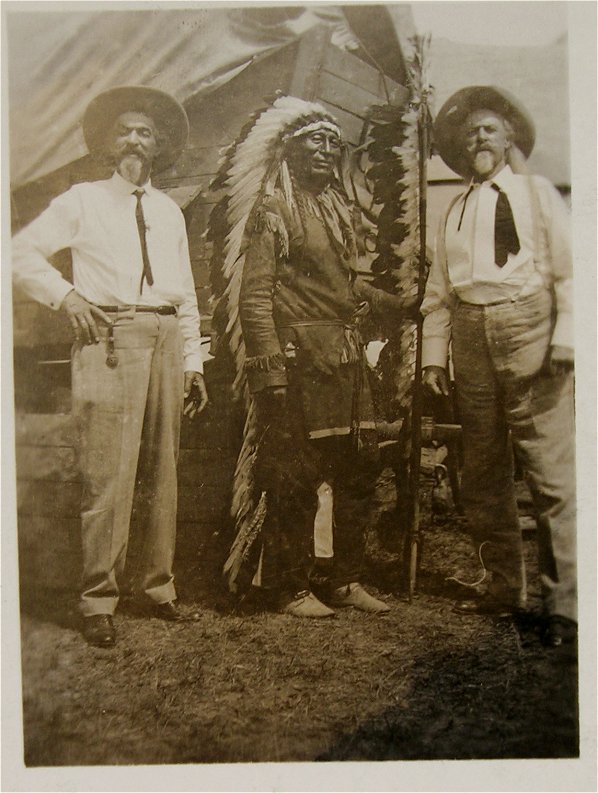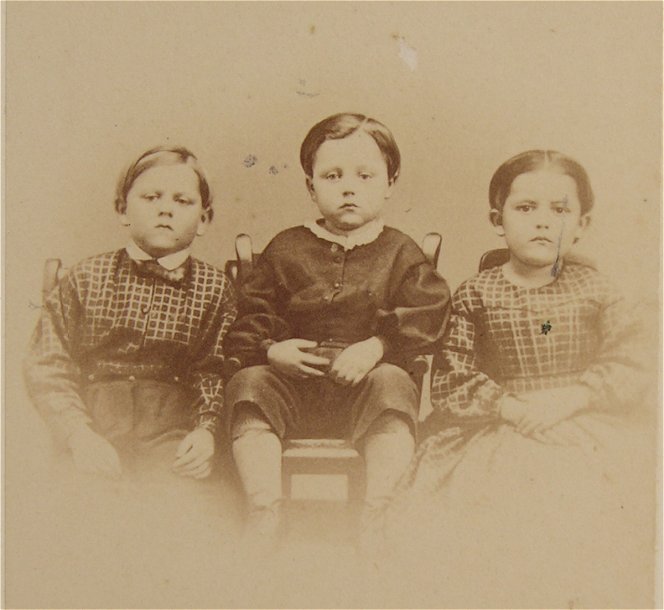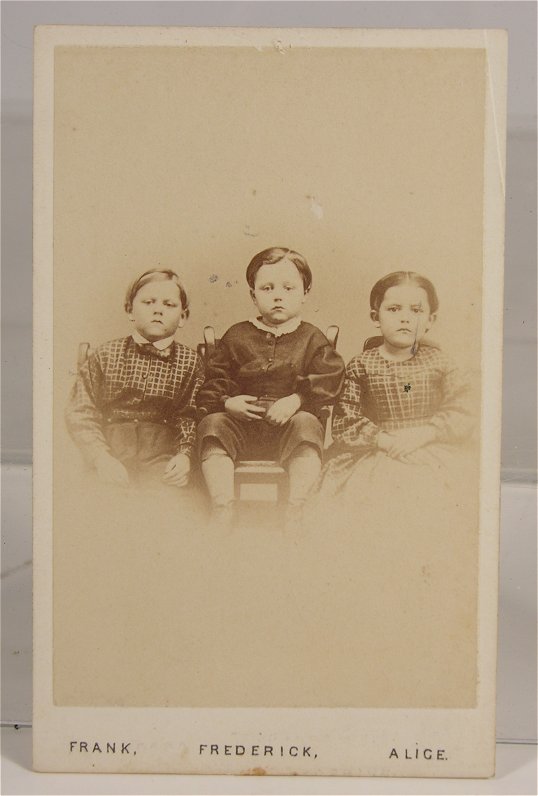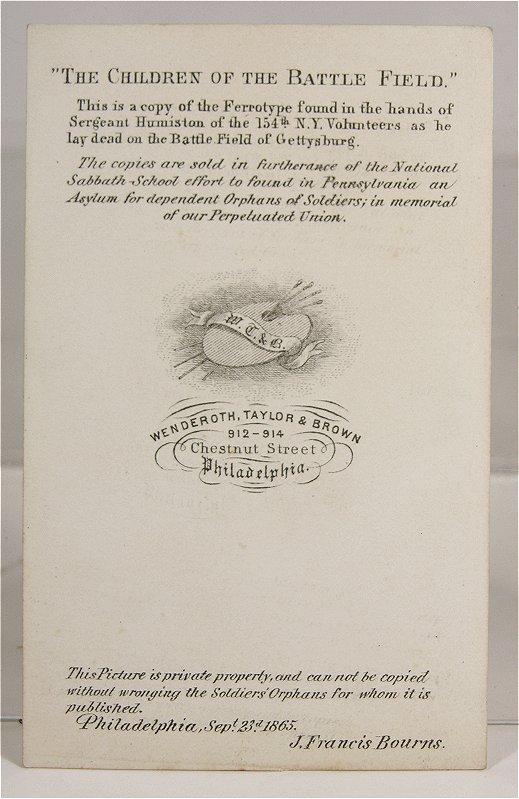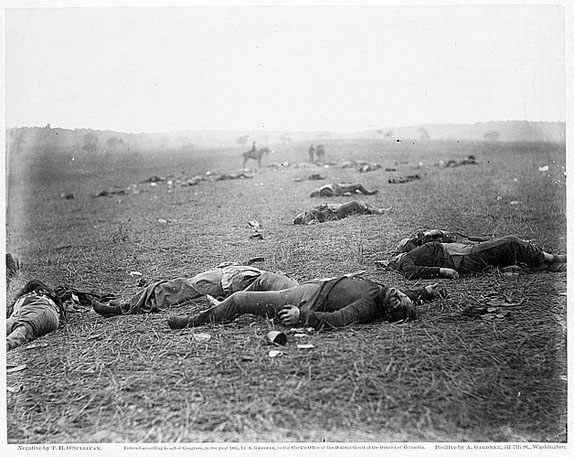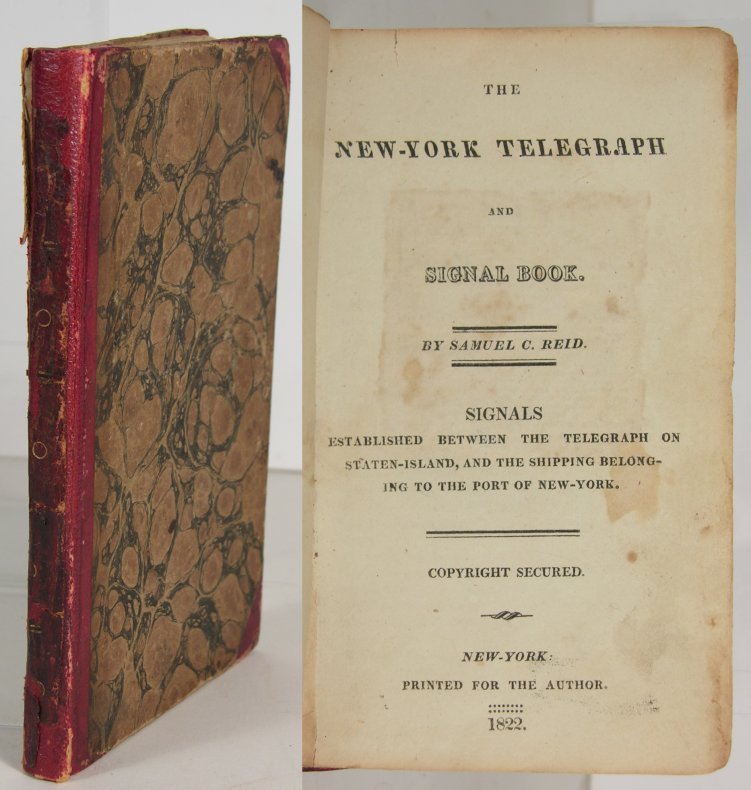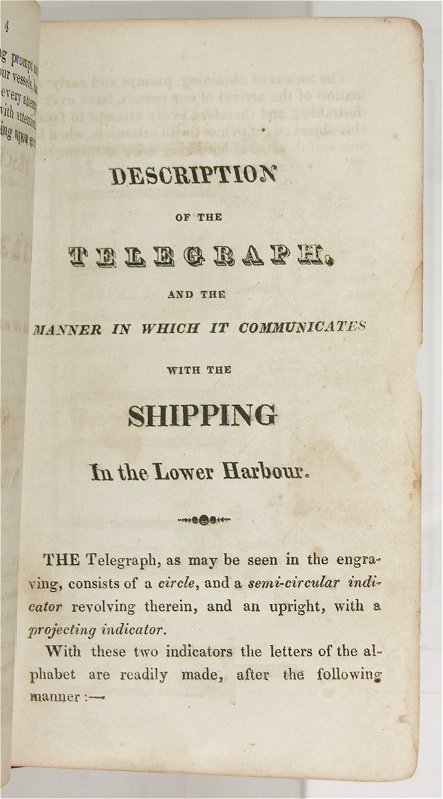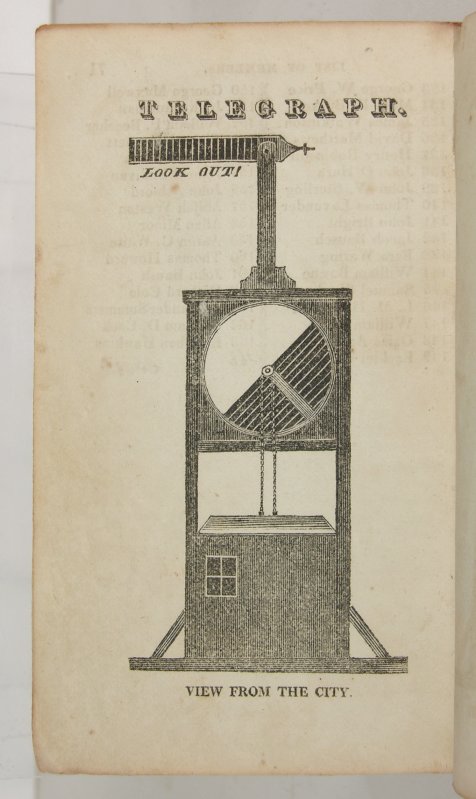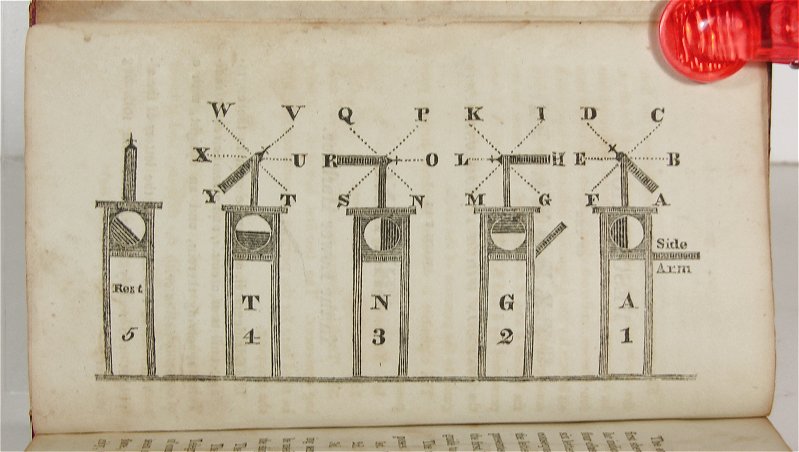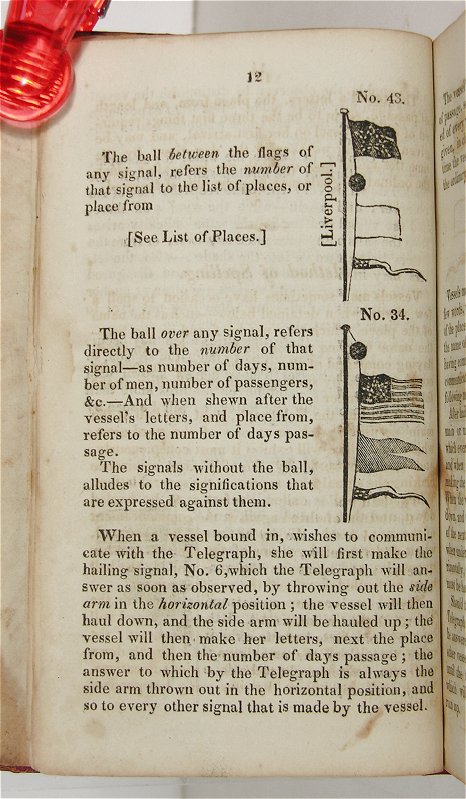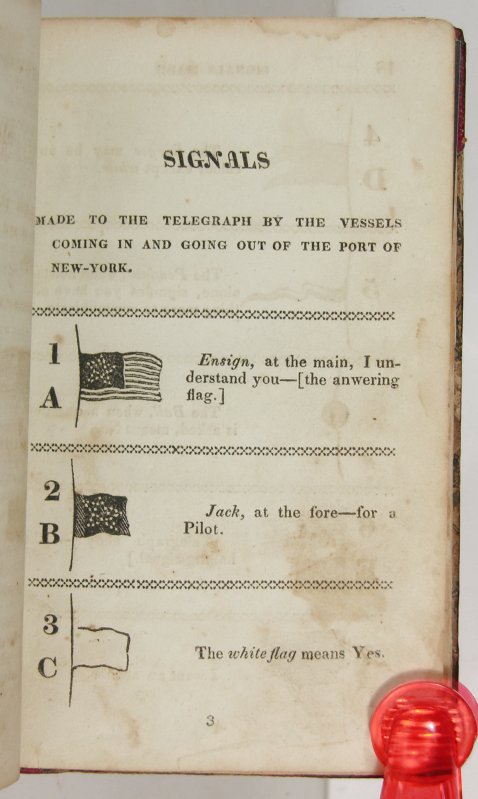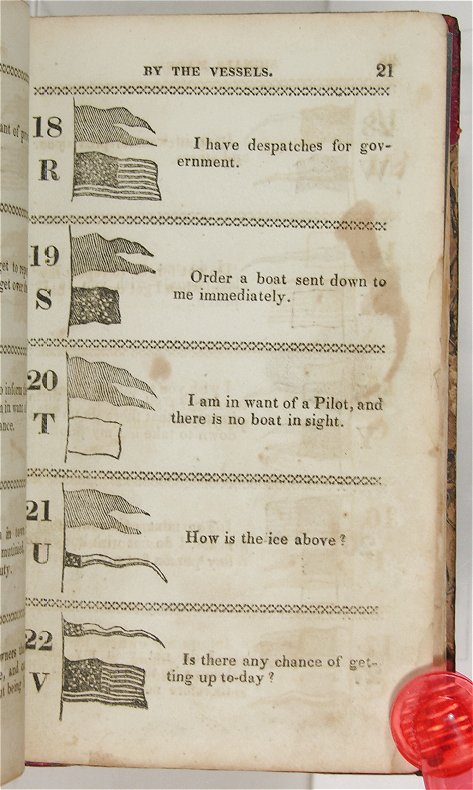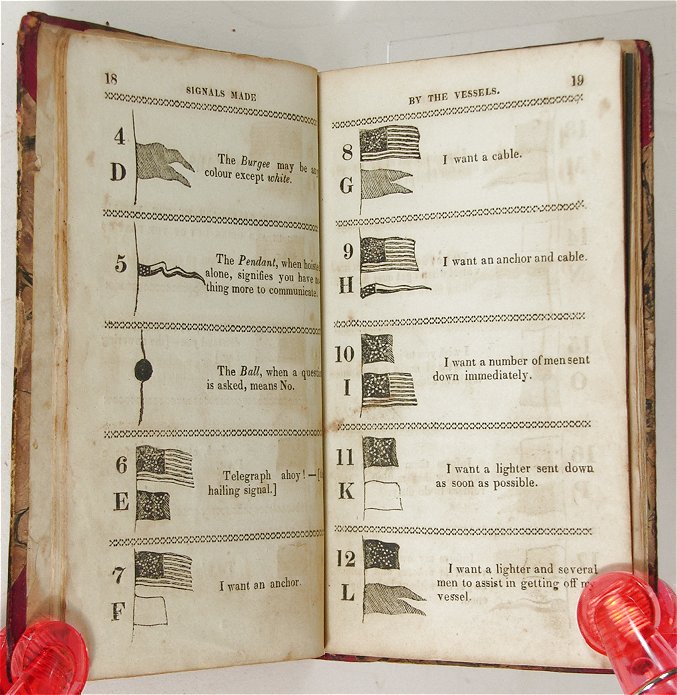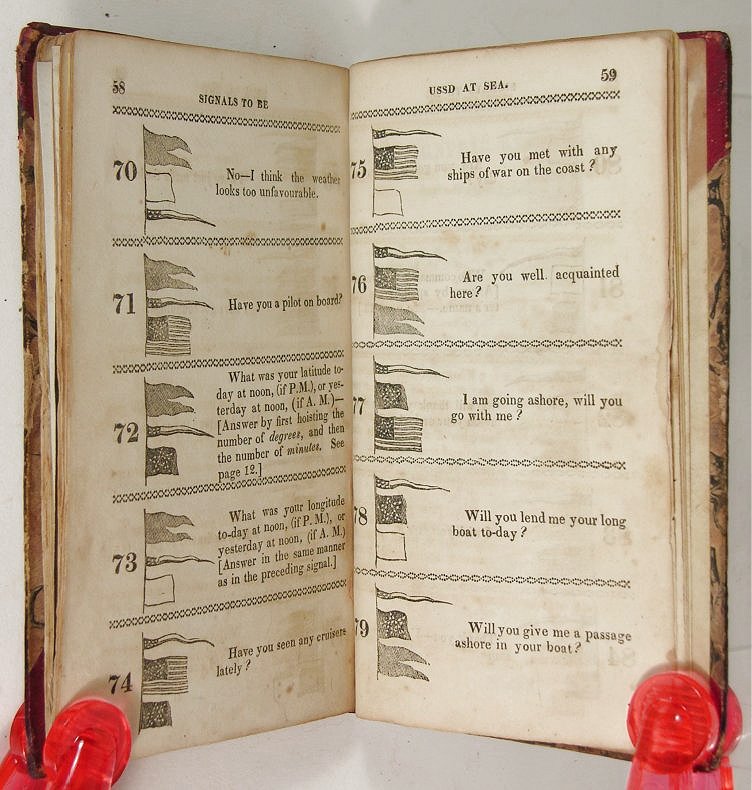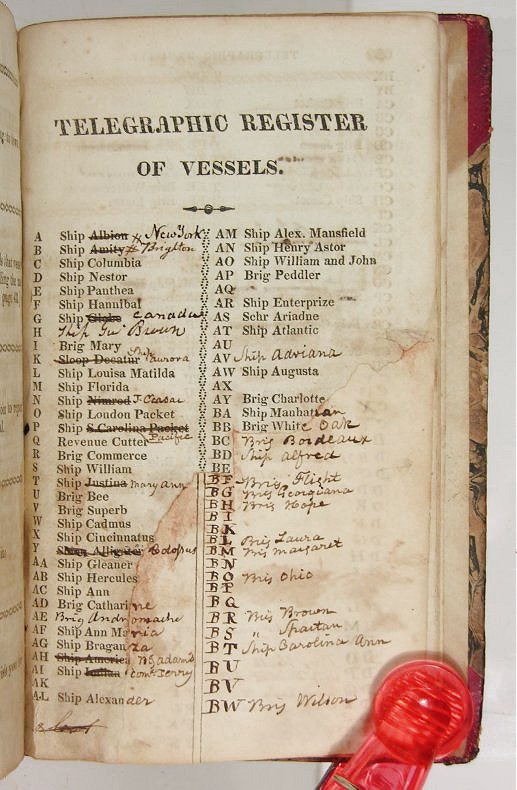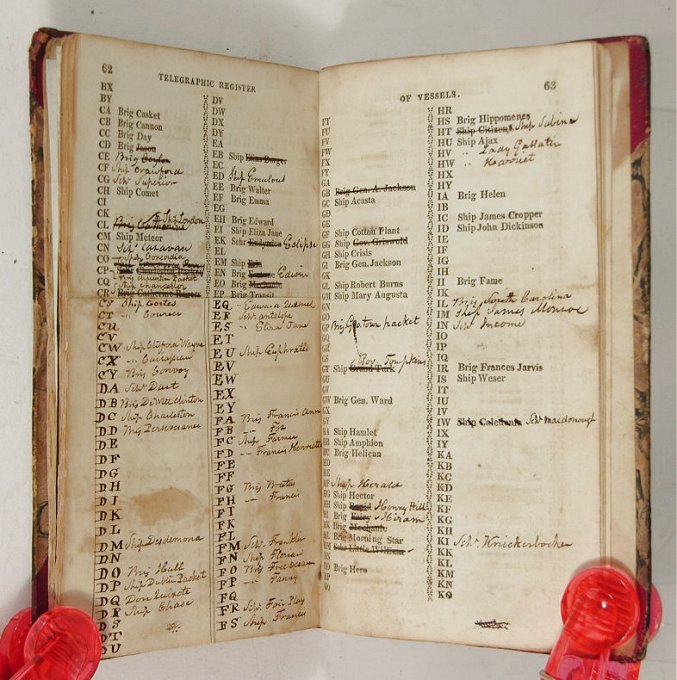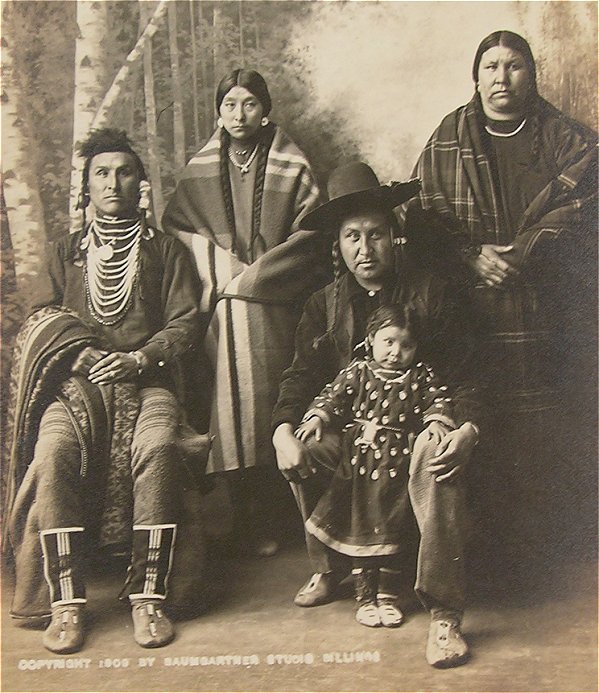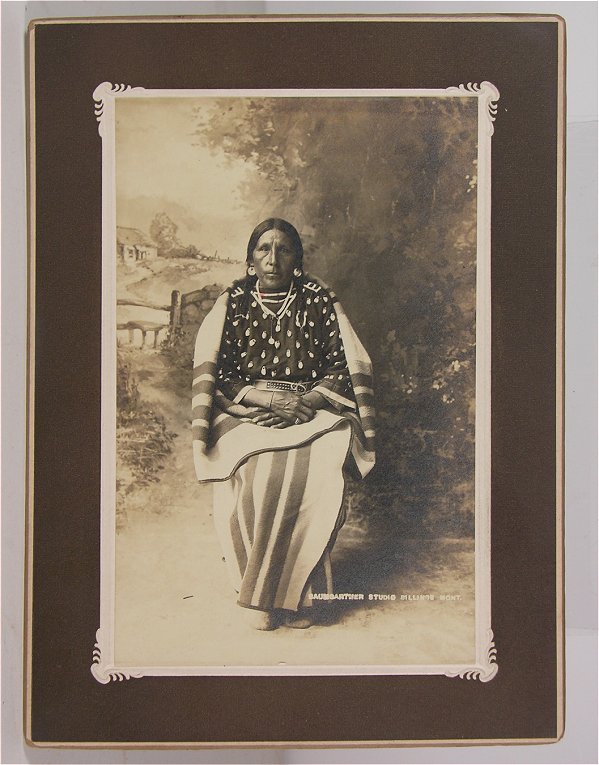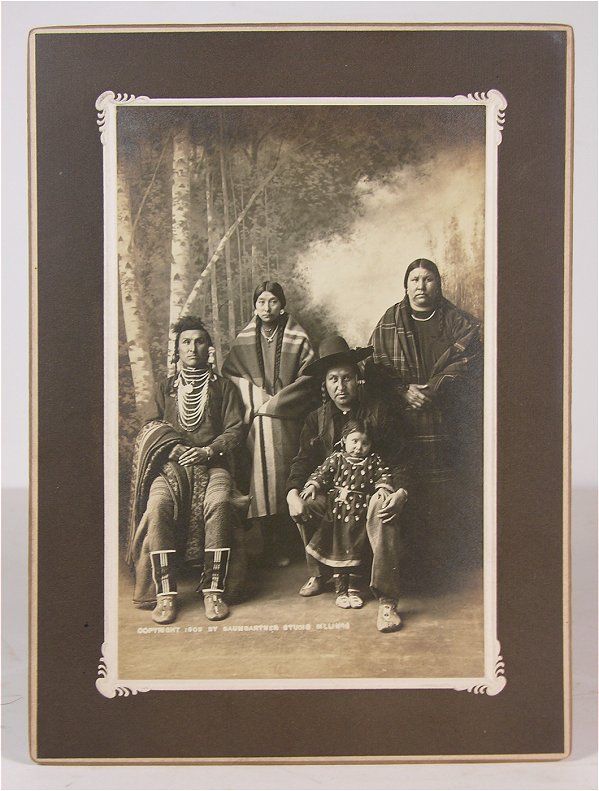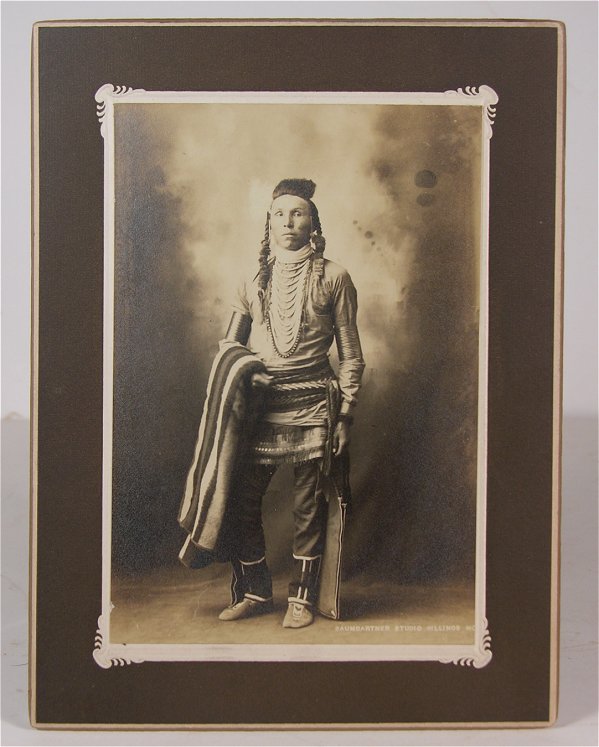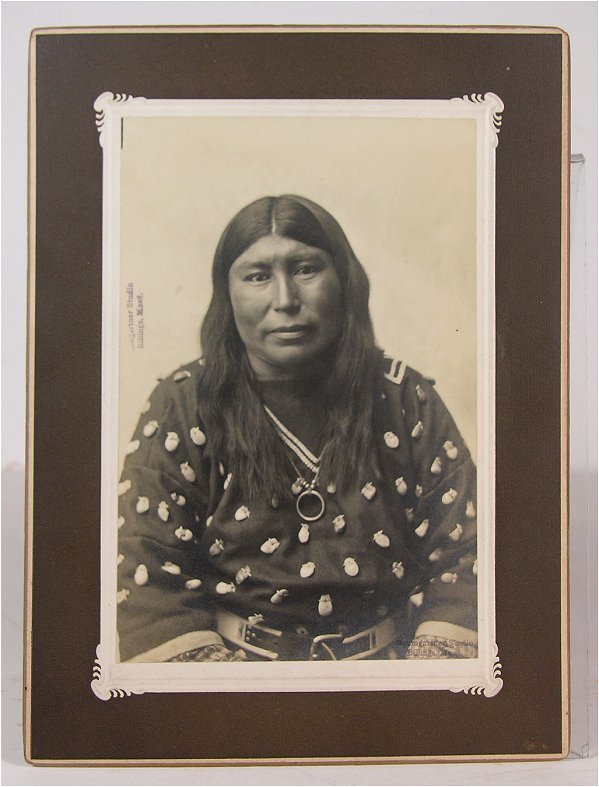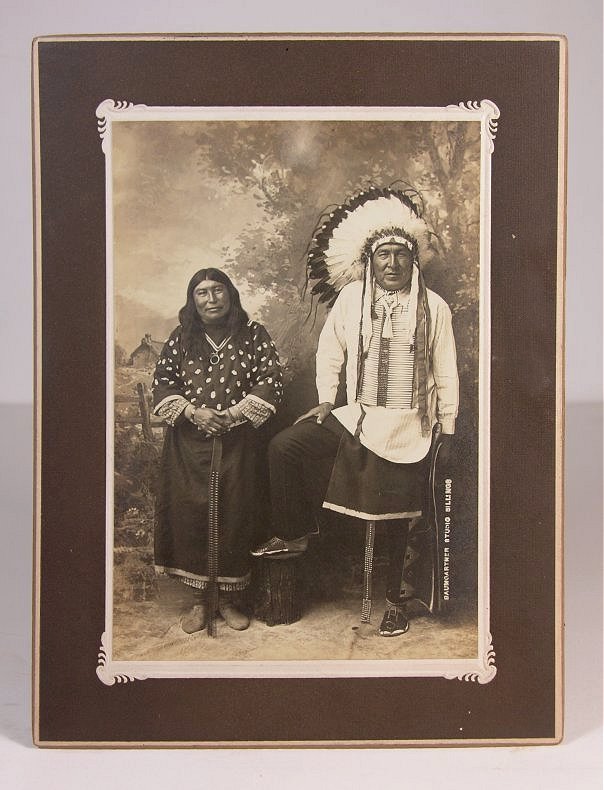Confessions of a “Antiques” Blogger
1864 Civil War Soldier’s Letter written on an Illustrated Broadside Song Sheet
I have been working with the Walnutts team now for… Well lets face it, my whole life. As the daughter of the Walnutts Antiques founders, I grew up sitting around the Antique shop, traipsing around flea markets and snoozing through auctions while my parents hunted for good finds. As I grew older I eventually became more involved in the business, and began slowly but surely learning more about the antiques that I had been surrounded by for as long as I can remember.
For years I have heard (and in turn repeated) that one of Walnutts specialty’s was “Ephemera“. I threw the word around feigning confidence, but if ever asked what exactly it meant, my reaction tended to be something like “Ummm… Like paper stuff…”. Well about a week ago I was reading a book, and came across the exact question that I had been too embarrassed to ask. “What is ephemera, exactly?” The answer was so perfect, that I decided that I had to share it, and finally confess my ignorance, and embrace my new knowledge.
”What is ephemera, exactly?”
“Ephemera refers to the kind of materials intended to be short-lived or discarded, such as brochures, catalogs, menus, billheads, mining certificates, theater programs, bylaws, political flyers, travel guides, wine labels… and sometimes letters. Precisely because they weren’t created to last, they sometimes contain information that is not otherwise documented.”
(As written in book by Juliette Blackwell)
Wow… it seems so clear now! I can’t believe that after all this time I have finally come across such a concise and easy to understand definition for something that I have always been a bit ashamed to admit that I didn’t already know! But you learn new things all the time, and I am thrilled to have this piece of knowledge now in my toolbox! I hope that I may have cleared some questions up for some as you as well!!
Some other examples of Ephemera:
1876 “Buffalo Bill” and “Texas Jack” related Printed Silk Souvenir Broadside Playbill
1864 Civil War Soldier’s Letter
original 1860’s Civil War Patriotic Envelopes
1904 Illustrated and Priced Catalog of Kodak Cameras and Photography Supplies
1905 Real Photo Postcard written and addressed to William F. “Buffalo Bill” Cody
Follow
